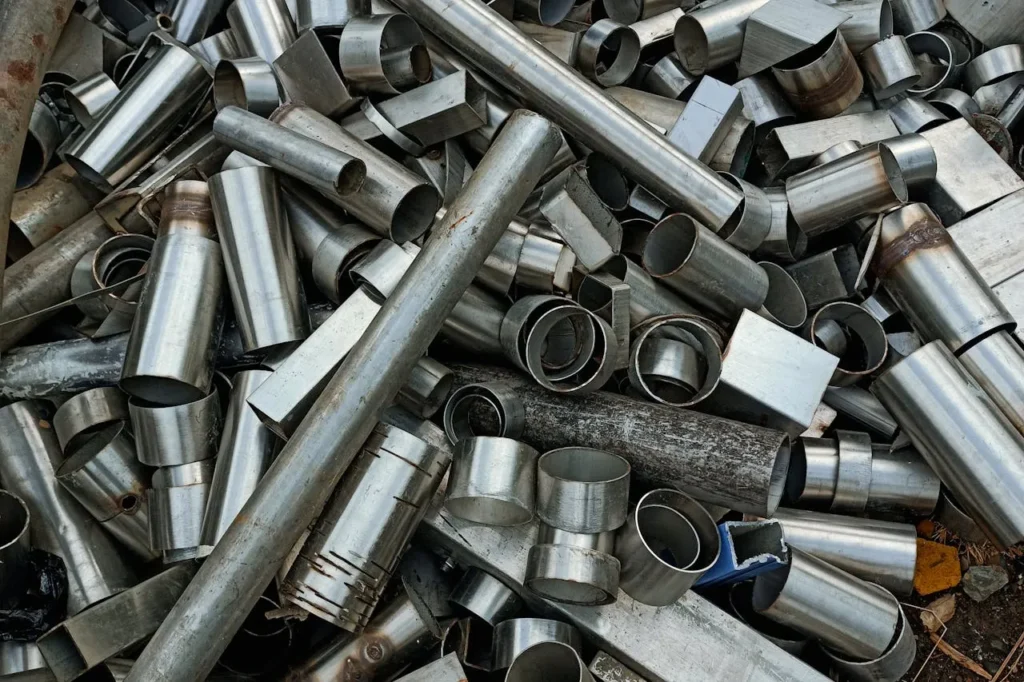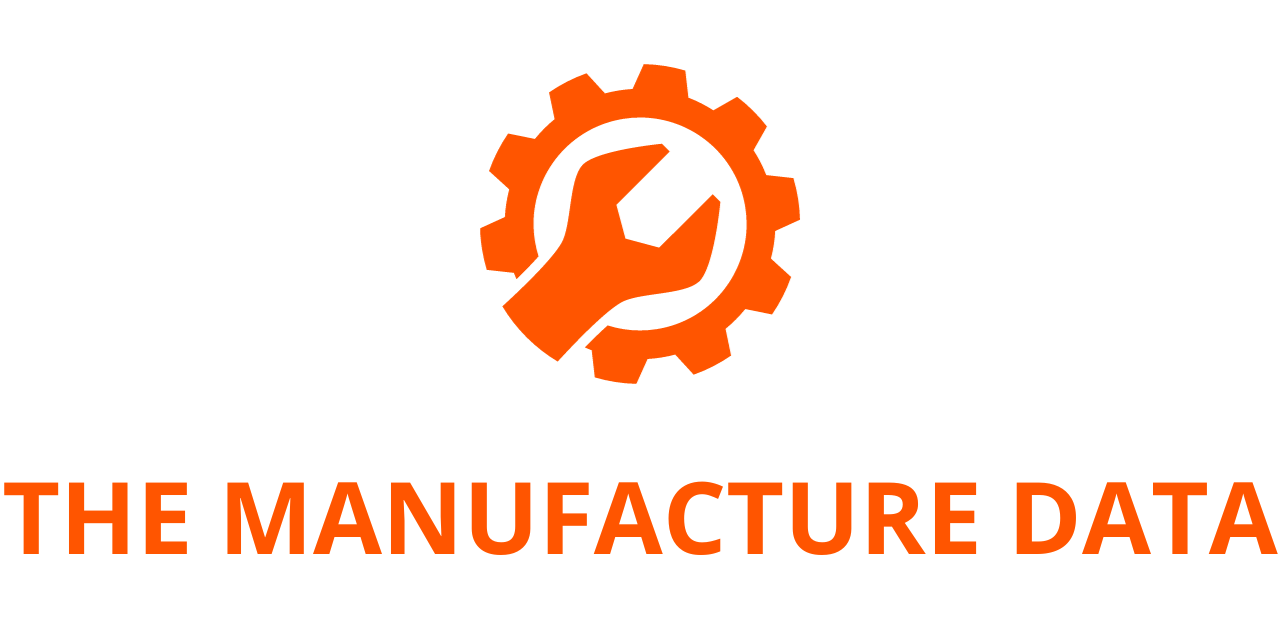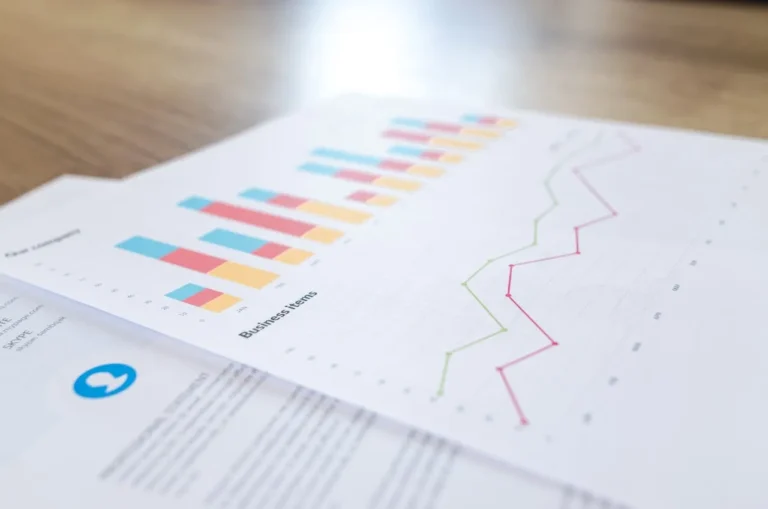
Steel Scrap Market Report 2025: China’s Export Dominance & Global Forecast to 2030
The “Steel Scrap – Global Strategic Business Report” has been included in ResearchAndMarkets.com’s portfolio, offering a comprehensive analysis of the global steel scrap market. The market, which stood at 543.2 million metric tons in 2024, is anticipated to grow at a CAGR of 5.0%, reaching 727.1 million metric tons by 2030. This in-depth report covers market trends, growth drivers, forecasts, and regional insights to aid businesses in making well-informed decisions.
The Role of Steel Scrap in the Recycling Industry
Steel scrap plays an integral role in sustainable steel production by significantly reducing environmental impact. Unlike primary steel production from iron ore, which is resource-intensive and emits high levels of greenhouse gases, recycling steel scrap conserves natural resources, decreases energy consumption, and supports global sustainability initiatives. The use of electric arc furnaces (EAF) to process steel scrap further reduces emissions and enhances efficiency, making steel scrap a cornerstone of the circular economy. Its ability to be recycled indefinitely without losing quality underscores its importance in the global recycling industry.
Key Market Drivers
Several factors contribute to the steady growth of the steel scrap market:
- Sustainability and Environmental Regulations: Governments worldwide are implementing stricter regulations to promote recycling and reduce carbon footprints. This push for sustainable practices is boosting the demand for steel scrap.
- Rising Raw Material Costs: The increasing cost of virgin raw materials makes steel scrap an economically viable alternative.
- Technological Advancements: Innovations in recycling technologies, including automated sorting systems and advanced metallurgical processes, are improving the efficiency and quality of steel scrap usage.
- Industrial Expansion: The growth of key industries, including construction, automotive, and manufacturing, is driving demand for steel scrap as a cost-effective and eco-friendly raw material.
Benefits and Challenges of Steel Scrap Utilization
Steel scrap offers numerous advantages, such as reduced energy consumption, lower production costs, and conservation of finite natural resources. However, the industry faces several challenges, primarily in collection, sorting, and processing. Impurities such as coatings, alloys, and non-metallic materials must be effectively removed to ensure high-quality recycled steel. The adoption of advanced sorting and refining technologies is addressing these concerns, improving the overall efficiency of the steel scrap market.

Technological Advancements in Steel Scrap Recycling
The steel scrap industry is witnessing a surge in technological advancements aimed at optimizing recycling processes. Some of the key innovations include:
- Magnetic Separation and Sensor-Based Sorting: These technologies are enhancing the precision of scrap metal sorting, reducing contamination, and improving overall quality.
- Automated Processing Equipment: High-tech shredding and processing machines are improving steel recovery rates from mixed waste streams.
- Digitalization and Automation: AI-driven analytics and automated logistics are streamlining recycling operations, reducing costs, and increasing productivity.
- Metallurgical Advancements: New metallurgical techniques allow for the production of high-quality steel from scrap, meeting the stringent standards required by industries such as construction and automotive manufacturing.
Market Segmentation and Regional Insights
The steel scrap market is segmented based on type and end-use industry:
Segments by Scrap Type:
- Obsolete Scrap: Expected to reach 407.2 million metric tons by 2030, growing at a CAGR of 6.2%.
- Prompt Scrap: Projected to grow at a CAGR of 3.5% during the forecast period.
- Home Scrap: Derived from steel manufacturing plants and reintroduced into the production cycle.
Segments by End-Use Industry:
- Construction: The largest consumer of steel scrap, driven by infrastructural growth.
- Automotive: Increasing demand for recycled steel in vehicle manufacturing.
- Shipping: Utilization of scrap steel in shipbuilding and maintenance.
- Consumer Appliances: Rising recycling rates in home appliances and white goods sectors.
Regional Market Insights:
- United States: The U.S. market stood at 51.5 million metric tons in 2024, reflecting steady demand for steel scrap in domestic recycling programs.
- China: Expected to grow at a CAGR of 6.4% to reach 282.6 million metric tons by 2030, cementing its position as a dominant force in the global steel scrap trade.
- Europe: Germany, Italy, and France continue to lead in steel scrap imports and recycling initiatives.
- Asia-Pacific: Rapid industrialization and urbanization are propelling demand across emerging economies.
- Latin America, Middle East, and Africa: Increasing investments in recycling infrastructure are expanding market opportunities.
Competitive Landscape and Key Players
The steel scrap industry is highly competitive, with major global players driving innovation and market expansion. Key companies profiled in the report include:
- ArcelorMittal S.A.
- Commercial Metals Company
- EVRAZ North America
- Gerdau S/A
- Metalico, Inc.
- Nucor Corporation
- Oryx Stainless Group
- Sims Metal Management Limited
- Steel Dynamics, Inc.
Market Trends and Future Outlook
The steel scrap industry is poised for continued growth, driven by:
- Increasing Global Steel Demand: Expanding industries and infrastructural projects are sustaining demand for recycled steel.
- Emerging Recycling Technologies: Continuous advancements in sorting, shredding, and refining are optimizing steel scrap processing.
- Decarbonization Initiatives: The shift towards low-carbon steel production is reinforcing the role of steel scrap in reducing CO2 emissions.
- Regulatory and Policy Support: Governments worldwide are incentivizing recycling and circular economy models.
- Electric Arc Furnace (EAF) Growth: The rise of EAF technology is amplifying the use of scrap in steelmaking.
- Price Volatility of Raw Materials: Unpredictable fluctuations in iron ore and coal prices are reinforcing steel scrap as a cost-efficient alternative.
Challenges Facing the Steel Scrap Market
While the outlook for steel scrap is positive, the industry faces several challenges:
- Export Restrictions: Countries imposing trade restrictions on scrap exports may impact supply chains.
- Declining Steel Use in Automobiles: The adoption of alternative materials in automotive manufacturing could reduce steel scrap demand.
- Contamination Issues: Effective sorting and processing technologies are required to maintain high-quality output.
- Logistics and Supply Chain Disruptions: Transportation costs and logistical bottlenecks could hinder market growth.
The global steel scrap market is set to experience robust growth through 2030, driven by sustainability initiatives, regulatory support, technological innovations, and increasing industrial demand. The circular economy principles and decarbonization trends further reinforce steel scrap’s role as a key component in sustainable steel production. Market participants must focus on enhancing recycling technologies, improving supply chain efficiency, and navigating regulatory landscapes to capitalize on emerging opportunities in this evolving industry.




